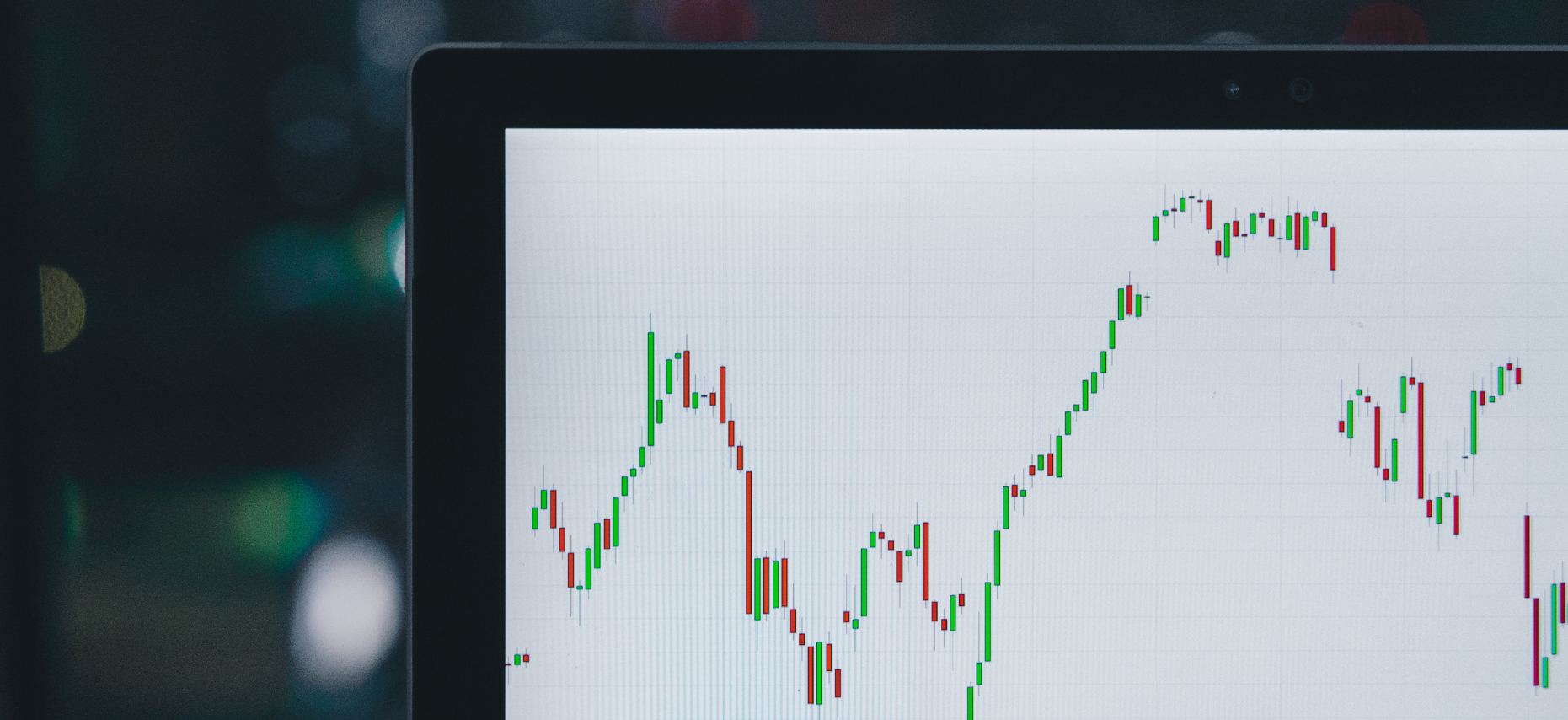Listen to President Tim Russell and Pastor Drew Gysi explore this topic here.
What are Investment Vehicles?
Investment vehicles are different ways that your investments can increase in value over time. You can put your money into different “vehicles” such as mutual funds, exchange traded funds, real estate, or even commodities to have a better chance of increasing your wealth. Remember from our discussion about How to Start Investing that all investments include risk, and should be discussed with a financial professional before making any big financial changes. But these investment vehicles can help your money combat inflation over time through compound interest so that you can save for retirement while being generous to the Kingdom!
Here are different types of investment vehicles to consider as you invest for the future:
Types of Investment Vehicles
Stocks
Represents ownership of a company. When the company does well, its value generally increases and vice versa. With a stock, there is potential for unlimited upside as well as the potential you could lose your entire investment.
Bonds
Represents debt a government or corporation borrows from the public. Like an “IOU,” they promise to pay the money back over time at a specified interest rate. The more financially stable the borrower is, the lower the interest rate tends to be (lower risk). If the borrower goes bankrupt, the bond holder gets paid before the stockholder. For this reason, risk of loss is generally lower with a bond relative to a stock, but also has a much lower growth potential.
Mutual Funds
It is a single investment comprised of stocks and/or bonds, allowing investors to diversify their money instantly over hundreds of companies. Many mutual funds are actively managed to reduce market risk. A mutual fund may be opened with as little as $250 or $50 per month. Mutual Funds are sold by a prospectus. Investors should carefully consider the investment objectives, risks, charges, and expenses of the mutual fund. This and other important information is contained in the prospectus which can be obtained from the mutual fund or your financial adviser. The prospectus should be read carefully before investing.
- MorningStar Style Box type fund (value/growth/blend and small/medium/large/mega)
- Risk Allocation Funds (Aggressive Growth to Conservative funds)
- Target Date Funds (2020-2055)
Exchange Traded Fund (ETF)
A type of security that is a collection of securities (stocks and/or bonds) that often tracks an underlying index (like the S&P 500). ETFs trade intraday, like an individual stock and are generally more tax efficient and have lower expense ratios as compared to mutual funds.
Annuities
An annuity is a complex contract between an individual and an insurance company. The individual either makes a lump sum payment or series of payments and in return obtains regular income disbursements beginning either immediately or at some point in the future. The goal of an annuity is to provide a steady stream of income during retirement. There are 3 different types of annuities:
Fixed Annuities – These products have a fixed interest rate which does not change after the date of purchase. When inflation is high, these policies are not able to keep up with the high cost of living. Most of these policies are turned into immediate annuities. This means that the annuitant gives the money to the insurance company in exchange for a guaranteed income starting immediately. This is similar to a pension (fixed monthly income that generally doesn’t change over time).
Indexed Annuities (sometimes called Fixed Equity Indexed or Equity Indexed) – These products are very popular among some financial professionals. They promise to potentially increase as the market grows and never go down when the market declines. Your momma told you, “if it sounds too good to be true it probably is.” Your momma was a very wise woman. In my opinion, they are over sold with unrealistic return expectations. They promise the “sun, moon, and stars” but the actual return is much closer to earth. These products do not require the sales person to hold a securities license. All that is required is an insurance license. These sales people are held to a lower standard than that of those in the securities industry. These products can be highly lucrative for those who sell them. One can get a 7% to 10% (or more) commission for selling one of these products. Long surrender periods and high redemption fees. These products can provide income benefits which can be attractive.
Variable Annuities – These products involved investing in actual securities through the use of sub-accounts. These are very similar to mutual funds. The benefits of these products is that they provide a Death Benefit and/or Living Benefit. They also involve investment risk and can lose value when the market declines. Another consideration is the fact that these investments often have high expense factors (expense ratios, rider costs, mortality and expense charges). Some of these policies can have long redemption charge periods and high redemption fees just like the Indexed annuities. Other policies are much more reasonable in terms of redemption penalties and fees.
Real Estate
Investing in real estate can be a valuable way of growing assets and potentially managing the impact of inflation. Real estate is inherently illiquid. Because of this, the risk involved in real estate can be higher than other more liquid investment options (i.e., stocks, bonds, mutual funds). Real estate is often financed with debt, increasing the potential of gains or losses. Some people prefer to own a portfolio of real estate properties which they manage and rent, while others prefer to invest in a prepackaged portfolio of real estate through a Real Estate Investment Trust (REIT).
Commodities
Commodities are the raw materials that are used to make products we use every day. Example: A donut is a finished product, but the commodities included are sugar, soybean, wheat, and canola oil. Commodities fit broadly into four categories: agriculture, metal, energy, and livestock. These investment vehicles are for sophisticated investors who are willing to accept a higher degree of risk. Examples of commodities include wheat and soybean, livestock and meat, gold and silver, and oil and natural gas.
Why Are Investment Vehicles Important?
As wise stewards, we must look to the future and prepare for the expenses to come. Remember, savings is a sign of wisdom, not wealth! Remember, if you are unsure about how to get started in your investing journey, check out Episode 80 about How to Start Investing. If you have any questions, or need any help, we offer free stewardship reviews to help make sure you are on the right path.
Next Steps
- Take advantage of our free personal stewardship reviews so you can take your next steps to being a better steward.
- Send us your questions, comments and thoughts.
- Subscribe on your favorite podcast provider so you never miss an episode.
- Leave a 5-Star Rating & Review wherever you listen to podcasts!
Material presented is property of The Stewardology Podcast, a ministry of Life Financial Group and Life Institute. You may not copy, reproduce, modify, create derivative works, or exploit any content without the expressed written permission of The Stewardology Podcast. For more information, contact us at Contact@StewardologyPodcast.com or (800) 688-5800.
The topics discussed in this podcast are for general information only and are not intended to provide specific investment advice or recommendations. Investing and investment strategies involve risk including the potential loss of principal. Past performance is not a guarantee of future results.
Securities and advisory services offered through GWM, Inc Member FINRA/SIPC










